Home>Interior Design>How To Get Wall Decals To Stick
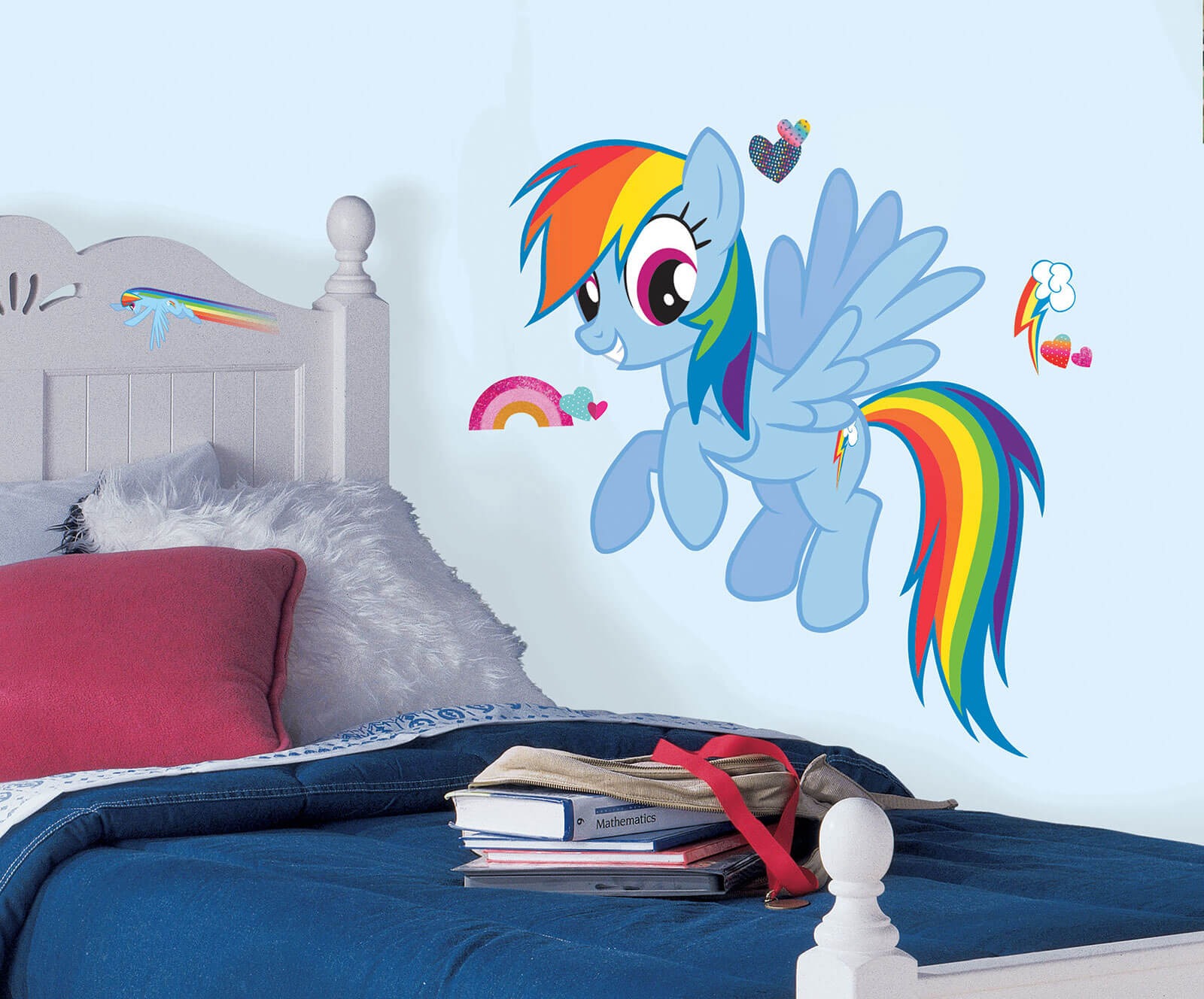

Interior Design
How To Get Wall Decals To Stick
Modified: March 16, 2024
Learn the best practices for getting wall decals to stick and transform your space with these interior design tips.
(Many of the links in this article redirect to a specific reviewed product. Your purchase of these products through affiliate links helps to generate commission for Storables.com, at no extra cost. Learn more)
Introduction
Welcome to the world of wall decals, where you can transform any space into a personalized oasis. Whether you’re looking to add a pop of color, bring in some nature-inspired designs, or display your favorite quotes, wall decals offer endless possibilities for interior design creativity.
Wall decals, also known as wall stickers or wall graphics, are adhesive designs that can be applied directly to walls, furniture, glass, or any smooth surface. Not only are they a cost-effective and hassle-free way to revamp your living spaces, but they also offer the flexibility to change your decor as often as you like with minimal effort.
In this article, we will guide you through the process of selecting and applying wall decals to ensure they stick seamlessly and provide long-lasting results. We’ll also provide troubleshooting tips for common issues that may arise during the application process.
NOTE: Before you begin, make sure to read and follow the manufacturer’s instructions for the specific wall decals you’ve purchased, as different decals may have unique application methods.
Key Takeaways:
- Transform any space with wall decals by selecting the right design, preparing the surface, and applying the decals with precision. Troubleshooting tips help overcome common challenges for a flawless result.
- Create a personalized oasis with wall decals that reflect your style and creativity. Follow the steps in this guide, including cleaning, positioning, and finishing touches, for a stunning and long-lasting transformation.
Selecting the Right Wall Decals
Choosing the right wall decals is crucial to achieving the desired aesthetic for your space. Here are some factors to consider when selecting wall decals:
- Design: Look for wall decals that complement your overall interior design style. Whether you’re going for a minimalist look, a rustic feel, or a vibrant and eclectic atmosphere, there are countless designs and themes available to suit your taste.
- Size: Consider the dimensions of the wall or surface where you plan to apply the decals. Measure the area and choose decals that fit appropriately. It’s essential to ensure that the decals don’t overpower the space or appear too small.
- Quality: Opt for high-quality wall decals to ensure they adhere properly and have vibrant colors that won’t fade over time. Research reputable brands and read reviews to determine the quality of the decals before making a purchase.
- Application Surface: Determine the type of surface you want to apply the decals to. Different surfaces may require different types of adhesive, so make sure the decals you choose are suitable for the surface you have in mind.
- Removability: If you prefer versatility and the ability to change your decor frequently, look for removable wall decals. These decals can be easily peeled off without leaving residue or damaging the underlying surface.
- Personalization Options: Some wall decals allow for customization, such as adding names, quotes, or personalized designs. If you want to add a personal touch to your space, consider decals that offer this feature.
Take your time to browse through various options and envision how the decals will enhance your space. It’s also helpful to take into account the colors and existing elements in the room to ensure the wall decals seamlessly integrate with the overall design.
Once you have selected the perfect wall decals, it’s time to prepare the surface before applying them.
Preparing the Surface
Properly preparing the surface is essential for ensuring the longevity and adherence of your wall decals. The following steps will help you prepare the surface before applying the decals:
- Cleaning the Surface: Start by cleaning the surface where you plan to apply the decals. Dust, dirt, and grease can prevent the decals from sticking properly. Use a mild detergent or a mixture of water and vinegar to clean the surface thoroughly. Avoid using harsh chemicals that may damage the surface or leave a residue.
- Drying the Surface: After cleaning, allow the surface to dry completely before applying the decals. Moisture can interfere with the adhesive, causing the decals to peel off prematurely. You can use a clean, dry cloth or air drying to ensure the surface is fully dry.
- Smoothness: Ensure that the surface is smooth and free from any imperfections. If there are any rough patches, bumps, or textured areas, consider sanding them down gently to create a flat and even surface. This will allow the decals to adhere seamlessly without any air pockets or creases.
- Temperature and Humidity: Pay attention to the temperature and humidity levels in the room. Extreme temperatures and high humidity can affect the adhesive properties of the decals. Ideally, the room should be at a moderate temperature (around 70 degrees Fahrenheit) and have average humidity levels.
By following these surface preparation steps, you’ll create an ideal environment for the decals to adhere to, maximizing their lifespan and ensuring a smooth and flawless application process.
With the surface prepared, it’s time to move on to the application process for the wall decals. In the next section, we will guide you through the steps of applying the decals to achieve a professional-looking result.
Cleaning the Surface
Before applying your wall decals, it’s essential to clean the surface thoroughly to ensure optimal adhesion. Dust, dirt, and grease can prevent the decals from sticking securely and may result in peeling or poor longevity. Follow these steps to properly clean the surface:
- Gather Supplies: Gather the necessary supplies for cleaning, including a mild detergent or a mixture of water and vinegar, a clean cloth or sponge, and a bucket of water.
- Test on a Small Area: If you’re using a cleaning solution for the first time, it’s a good idea to test it on a small inconspicuous area of the surface. This will help ensure that the cleaning solution doesn’t cause any discoloration or damage.
- Dilute the Cleaning Solution: If using a mild detergent, dilute it according to the instructions on the packaging. If using a mixture of water and vinegar, mix equal parts of each in a bucket.
- Wipe the Surface: Dip the cloth or sponge into the cleaning solution, wring out any excess liquid, and gently wipe the surface. Pay special attention to areas where dust and grease tend to accumulate, such as around light switches or in kitchens.
- Repeat if Necessary: For stubborn dirt or grease stains, you may need to repeat the cleaning process. Apply a bit more cleaning solution and gently scrub the area with a soft brush or sponge.
- Rinse with Clean Water: After cleaning, rinse the surface with clean water to remove any residual cleaning solution. This step is essential to avoid leaving behind any sticky residue that could interfere with the adhesion of the wall decals.
- Dry the Surface: Use a clean, dry cloth or allow the surface to air dry completely before applying the decals. Moisture can prevent the adhesive from sticking properly, so it’s crucial to ensure the surface is completely dry.
By thoroughly cleaning the surface before applying the wall decals, you’ll create an ideal foundation for a secure and long-lasting bond. Taking this step will help ensure that your decals adhere properly and provide a beautiful addition to your space.
With the surface cleaned and dried, you’re now ready to move on to the next step: applying the wall decals. Stay tuned for the upcoming section on how to apply the decals with precision and achieve a flawless result.
Drying the Surface
After cleaning the surface, it’s crucial to ensure that it is completely dry before applying the wall decals. Moisture on the surface can interfere with the adhesive, causing the decals to peel off prematurely. Follow these steps to ensure that the surface is thoroughly dried:
- Allow Sufficient Time: Depending on the cleaning method used and the humidity in the room, the drying time can vary. It’s important to allow sufficient time for the surface to air dry naturally. Avoid rushing the process by using heat sources or fans, as this can result in uneven drying.
- Check for Residual Moisture: Before proceeding with the application of the wall decals, conduct a quick check for residual moisture. Run a clean, dry cloth or paper towel across the surface and observe if any moisture is absorbed or leaves behind any dampness.
- Inspect for Watermarks: Along with checking for moisture, also inspect the surface for any watermarks or streaks that may have been left behind during the cleaning process. Use a clean, dry cloth to gently wipe off any remaining watermarks, ensuring a smooth and clean surface.
- Consider the Environment: Take into account the room’s temperature and humidity levels when determining the drying time. Ideally, the room should be at a moderate temperature (around 70 degrees Fahrenheit) and have average humidity levels. If the room is particularly humid, it may take longer for the surface to dry completely.
- Prioritize Thin or Uneven Areas: Areas that are thinner or have texture (such as grout lines or grooves) may require extra attention during the drying process. Double-check these areas to ensure that they are adequately dry before proceeding.
By ensuring that the surface is thoroughly dried, you’ll create an optimal environment for the wall decals to adhere to. This step will help to prevent premature peeling and ensure a secure and long-lasting bond between the decals and the surface.
With the surface properly cleaned and dried, you’re now ready to move on to the exciting part: applying the wall decals. In the next section, we will guide you through the steps of applying the decals to achieve a professional-looking result.
Read more: How To Make Peel And Stick Decals
Applying the Wall Decals
Now that you have selected the perfect wall decals and prepared the surface, it’s time to apply the decals to transform your space. Follow these steps for a successful application:
- Removing the Backing: Carefully remove the backing paper from the wall decal, taking care not to touch the adhesive side with your fingers. Hold the decal by the edges to avoid leaving fingerprints or smudges on the adhesive.
- Positioning the Wall Decals: Determine the desired placement of the decal on the wall or surface. It’s helpful to use painter’s tape or a temporary adhesive to hold the decal in place while you figure out the perfect position.
- Smoothing out Air Bubbles: Start from the center of the decal and gently smooth it outwards, using a soft cloth or a squeegee. This will help eliminate any trapped air bubbles and ensure a smooth and seamless application.
- Pressing Firmly: Once the decal is in the desired position, press firmly on the entire surface of the decal. Pay extra attention to the edges and corners to ensure they adhere securely.
- Finishing Touches: After pressing firmly, run your hand or a squeegee over the decal once again to ensure a strong bond. Smooth out any remaining air bubbles or creases using gentle, even pressure.
- Follow Manufacturer’s Instructions: Some decals may have specific instructions regarding the application process. Make sure to read and follow the manufacturer’s instructions provided with your decals for the best results.
Take your time during the application process, ensuring that the decal is aligned correctly and applied smoothly. If you need to reposition the decal, gently peel it off and readjust the position before pressing firmly to secure it in place.
It’s important to note that the adhesive on wall decals may take some time to fully set. Avoid touching or moving the decals for at least 24 hours after application to allow the adhesive to cure properly.
Now that you’ve successfully applied the decals, take a step back and admire your transformed space. Wall decals offer a versatile and affordable way to add character and style to any room.
In the next section, we will provide troubleshooting tips for common issues that may arise during the decal application process, ensuring that you have all the information you need for a seamless experience.
Removing the Backing
Before applying your wall decals, the first step is to remove the backing paper. This is the protective layer that covers the adhesive side of the decal. Follow these steps to remove the backing successfully:
- Prepare a Clean Surface: Make sure the surface where you will be applying the decal is clean and dry. If necessary, refer to the earlier sections on cleaning and drying the surface.
- Locate the Starting Point: Look for a corner or edge of the decal where you can begin peeling off the backing paper. It’s helpful to find a spot where the decal’s design or shape allows for easy access.
- Peel Slowly and Carefully: Hold the decal by its edges to avoid touching the adhesive side, as fingerprints or smudges can affect the decal’s ability to adhere properly. Start peeling the backing paper away from the decal bit by bit, keeping the adhesive side face down.
- Pay Attention to Delicate Parts: If your decal has intricate details or delicate parts, take extra care when peeling the backing. Slowly peel away the paper while supporting these parts with your other hand to prevent them from tearing or curling.
- Peel in a Controlled Motion: As you continue to peel the backing paper, keep a steady and controlled motion, ensuring that the adhesive side of the decal remains flat and intact. Avoid abrupt, jerky movements that can cause the decal to warp or stick to itself.
- Smooth Out Air Bubbles: As you peel the backing away, use your other hand or a soft cloth to smooth out any air bubbles that may form between the decal and the backing paper. Gently press on the decal to help it adhere to the backing more firmly.
Removing the backing requires patience and a gentle touch to avoid damaging the decal. Take your time and ensure that the decal remains flat and free from creases or air bubbles throughout the process.
Once you have successfully removed the backing paper, you’re now ready to position the decal on the surface and continue with the application process. Refer to the previous section on “Positioning the Wall Decals” for guidance on placing the decal accurately.
In the next section, we will provide tips and advice on troubleshooting common issues that may arise during the application process. These tips will help you overcome any challenges and achieve a professional-looking result.
Make sure the wall is clean and dry before applying the decal. Use a squeegee or credit card to smooth out any air bubbles and ensure the decal sticks properly.
Positioning the Wall Decals
Once you have removed the backing paper, it’s time to position the wall decals on your desired surface. Proper positioning is crucial to achieve the desired aesthetic and ensure a seamless application. Follow these steps to effectively position your wall decals:
- Prepare the Surface: Make sure the surface where you will be applying the decals is clean and dry. Refer to the earlier sections on cleaning and drying the surface for detailed instructions.
- Visualize the Placement: Before touching the adhesive side of the decal, take a moment to visualize where you want to position it on the surface. Consider factors such as the room’s layout, other design elements, and the overall aesthetic you want to achieve.
- Use Painter’s Tape or Markers: To assist with accurate placement, you can use painter’s tape or markers to create temporary guidelines. These guidelines will help ensure that the decal is positioned correctly and aligned with other elements on the wall, such as furniture or architectural features.
- Start from the Top: Begin positioning the decal from the top and work your way down. This will allow gravity to assist in keeping the decal straight and prevent it from stretching or distorting during application.
- Peel and Stick Method: Slowly peel off a small portion of the decal’s adhesive backing. Align that portion with the guidelines or desired position on the surface and press it down firmly. Once it’s secure, continue peeling off the backing, guiding the decal down and pressing it onto the surface as you go.
- Smooth with a Soft Cloth: Use a soft cloth or a squeegee to smooth out the decal as you apply it to the surface. This will help eliminate any air bubbles or creases, ensuring a seamless application. Start from the center and move outwards, taking care to smooth the edges and corners as well.
- Make Adjustments: If you need to make any adjustments to the position of the decal, carefully peel it off the surface and reposition it as desired. Take your time to ensure the decal is correctly aligned and centred before pressing it down firmly.
Positioning the wall decals requires attention to detail and precision. Taking the time to accurately position the decals will result in a visually pleasing and professional-looking final result.
With the decals properly positioned, the next step is to smooth out any air bubbles and ensure a secure bond. In the following section, we will guide you through the process of smoothing out air bubbles and pressing the decals firmly onto the surface.
Smoothing out Air Bubbles
During the application of wall decals, it’s common to encounter air bubbles trapped between the decal and the surface. These air bubbles can affect the overall appearance and adhesion of the decals. Here’s how you can effectively smooth out air bubbles:
- Identify Air Bubbles: After applying the decal to the surface, visually inspect it for any air bubbles that may have formed. Air bubbles typically appear as raised areas or small pockets between the decal and the surface.
- Start from the Center: Use your fingers, a soft cloth, or a squeegee to gently push the air bubble towards the nearest edge of the decal. Start from the center of the bubble and work your way outwards.
- Apply Even Pressure: As you push the air bubble towards the edge, apply even pressure to ensure the air is effectively expelled. Be gentle to avoid damaging the decal or causing creases.
- Smooth Outwards: Continue smoothing the decal from the center towards the edge, working your way around the air bubble until it is fully eliminated. Use smooth and even strokes to prevent any additional bubbles from forming.
- Inspect for Remaining Air Bubbles: After smoothing out one air bubble, inspect the decal for any other bubbles that may have formed during the process. Repeat the above steps as necessary to address any remaining bubbles.
- Avoid Overworking the Decal: While it’s important to address air bubbles, be mindful not to overwork the decal. Excessive rubbing or pressing can cause the decal to distort or lose its adhesion. Work gently and patiently for the best results.
By smoothing out air bubbles, you’ll ensure a smooth and seamless appearance of your wall decals. It’s important to address air bubbles soon after applying the decal to prevent them from becoming more difficult to remove over time.
Once you have successfully smoothed out any air bubbles, it’s time to press the decals firmly onto the surface. In the next section, we will guide you through the process of pressing the decals down firmly to ensure a secure and long-lasting bond.
Read more: What Are Wall Decals
Pressing Firmly
After positioning your wall decals and smoothing out any air bubbles, it’s crucial to press them down firmly onto the surface to ensure a strong and long-lasting bond. Properly pressing the decals will enhance their adhesion and prevent any lifting or peeling. Follow these steps to effectively press your decals:
- Use Your Hands: Start by using your hands to press down on the entire surface of the decal. Begin from the center and work your way outwards. Apply even pressure and focus on the edges and corners to ensure they adhere securely.
- Squeegee or Credit Card: If you prefer, you can also use a squeegee or a credit card wrapped in a soft cloth to press the decals firmly onto the surface. This will help to distribute pressure evenly and eliminate any remaining air pockets.
- Apply Moderate Pressure: Apply moderate pressure while pressing the decals. Avoid using excessive force, as it may damage the decal or cause the adhesive to spread unevenly. Gradually increase the pressure to ensure a secure bond without causing any distortion.
- Smooth with Gentle Strokes: While pressing, use gentle strokes to smooth out the surface of the decal. This will help to ensure that it adheres evenly and eliminates any remaining air bubbles or creases that may have formed during the application process.
- Focus on Edges and Corners: Pay particular attention to the edges and corners of the decals. These areas often require extra pressure and attention to ensure they adhere properly and do not lift over time.
- Repeat the Process: Repeat the pressing process a few times, paying attention to different sections of the decals in each round. This will help ensure that all parts of the decal have been securely pressed onto the surface.
By applying firm and even pressure, you’ll create a strong bond between the decals and the surface. This will help prevent lifting or peeling, allowing your wall decals to stay in place for an extended period.
With the decals firmly pressed onto the surface, take a moment to admire your transformed space. In the next section, we will provide some finishing touches and additional tips to ensure a flawless application.
Finishing Touches
After successfully applying and pressing your wall decals, it’s time to add the finishing touches to ensure a polished and professional look. These final steps will help enhance the overall appearance of your decals and ensure a seamless integration with your space. Here are some tips for those finishing touches:
- Inspect for Imperfections: Take a step back and carefully inspect the applied decals for any imperfections, such as air bubbles, creases, or uneven edges. If you notice any issues, gently lift the affected area and re-smooth it with your hand or a cloth, paying attention to eliminate any creases or bumps.
- Trim Excess Material (If Applicable): If your decals have excess material around the design, carefully trim it with a sharp pair of scissors or a craft knife. Be cautious when cutting to avoid damaging the decal or the surface underneath.
- Blend In with the Surroundings: Use your creative eye to ensure that the wall decals harmonize seamlessly with the surrounding environment. Consider the colors, patterns, and textures in the room, and make any necessary adjustments for aesthetic balance.
- Follow Additional Instructions: Some wall decals may come with specific additional instructions for finishing touches. These instructions could include steps such as applying a top coat or protective sealant to enhance durability or the use of heat to activate the adhesive further. Follow the manufacturer’s guidelines to ensure optimal results.
- Avoid Extreme Heat or Moisture: Once the decals are applied, avoid exposing them to extreme heat or moisture for the first 24 to 48 hours. This time frame allows the adhesive to fully bond with the surface. Be mindful when cleaning the area around the decals, using gentle methods and avoiding excessive moisture.
- Step Back and Enjoy: Once you’ve completed the finishing touches, step back and admire your handiwork. Take a moment to appreciate the transformation and the unique personality your wall decals have brought to your space.
By paying attention to these finishing touches, you’ll ensure that your wall decals look seamlessly integrated into your space, providing a stunning focal point or a subtle enhancement to your overall decor.
If you encounter any issues or challenges during the application process, don’t worry. In the next section, we will provide troubleshooting tips for common problems that may arise, helping you overcome any obstacles and achieve the best possible results.
Troubleshooting Tips
While applying wall decals can be a straightforward process, occasionally, some challenges may arise. Here are some troubleshooting tips to help you overcome common problems and ensure a successful application:
- Air Bubbles: If air bubbles persist after smoothing, gently lift the affected area and re-smooth it from the center towards the edges. Use a soft cloth or a squeegee to press out the air bubbles and ensure a smooth surface.
- Peeling Corners or Edges: If the corners or edges of the decals begin to peel, apply pressure to the affected area and press down firmly. Smooth the surface with a cloth for added adhesion. If necessary, use a small amount of clear adhesive, such as glue dots or double-sided tape, to secure the edges.
- Wrinkles or Creases: If wrinkles or creases appear during the application process, carefully lift the decal and reposition it, smoothing out the wrinkles as you go. If the wrinkles are severe, it may be necessary to remove the decal entirely and start the application process from scratch.
- Fading or Discoloration: If your wall decals begin to fade or show signs of discoloration over time, ensure that they are not exposed to direct sunlight for extended periods. Additionally, some decals may not be suitable for areas with high moisture or humidity levels.
- Difficult Removal: If you need to remove the decals, gently peel them off starting from a corner. If the decals are stubborn and don’t come off easily, use a hairdryer on a low heat setting to warm the adhesive, making it easier to peel off without causing damage to the surface.
- Damaged Decals: If your decals arrive damaged or become damaged during the application process, contact the manufacturer for potential replacement options. Provide them with photos and a detailed explanation of the issue.
Remember, every application process is unique, and it’s normal to encounter a few challenges along the way. Patience, careful handling, and following these troubleshooting tips can help you overcome any obstacles and achieve the desired results.
By following the steps outlined in this guide and implementing these troubleshooting tips, you’ll be well-equipped to successfully apply and maintain your wall decals, creating a beautiful and personalized space. Enjoy the process and the transformation!
If you have any additional concerns or questions, don’t hesitate to reach out to the manufacturer or seek guidance from an experienced professional in the field of wall decals and interior design.
Happy decorating!
***
The article is complete. Please let me know if you need any revisions or additional information.
Conclusion
Wall decals offer a fantastic and versatile way to enhance your living spaces and express your unique style. By following the steps outlined in this guide, you can successfully apply wall decals and create a personalized oasis that reflects your personality and creativity.
From selecting the right wall decals to preparing the surface, cleaning, and drying it, each step plays a vital role in achieving a flawless application. Taking the time to position the decals accurately, smooth out air bubbles, and press them firmly onto the surface ensures a strong and long-lasting bond.
Remember, troubleshooting is part of the process, and encountering challenges is normal. Don’t be discouraged if you encounter air bubbles, peeling edges, or other issues. With the troubleshooting tips provided, you’ll be able to overcome these obstacles and achieve the desired results.
Whether you’re transforming a nursery, adding some personality to your office space, or creating an accent wall in your living room, wall decals offer endless possibilities for creativity and self-expression. Let your imagination run wild and have fun with the process.
As you enjoy your newly adorned space, always remember to follow the manufacturer’s instructions and take proper care of your wall decals. Avoid exposing them to extreme heat, moisture, or direct sunlight, as this can affect their longevity and color vibrancy.
Now that you’re equipped with the knowledge and tips to apply and maintain wall decals, it’s time to bring your vision to life. Start exploring the wide variety of designs available, select the perfect decals for your space, and let your walls tell your unique story.
Happy decorating!
***
The article is complete. Please let me know if you need any revisions or additional information.
Frequently Asked Questions about How To Get Wall Decals To Stick
Was this page helpful?
At Storables.com, we guarantee accurate and reliable information. Our content, validated by Expert Board Contributors, is crafted following stringent Editorial Policies. We're committed to providing you with well-researched, expert-backed insights for all your informational needs.
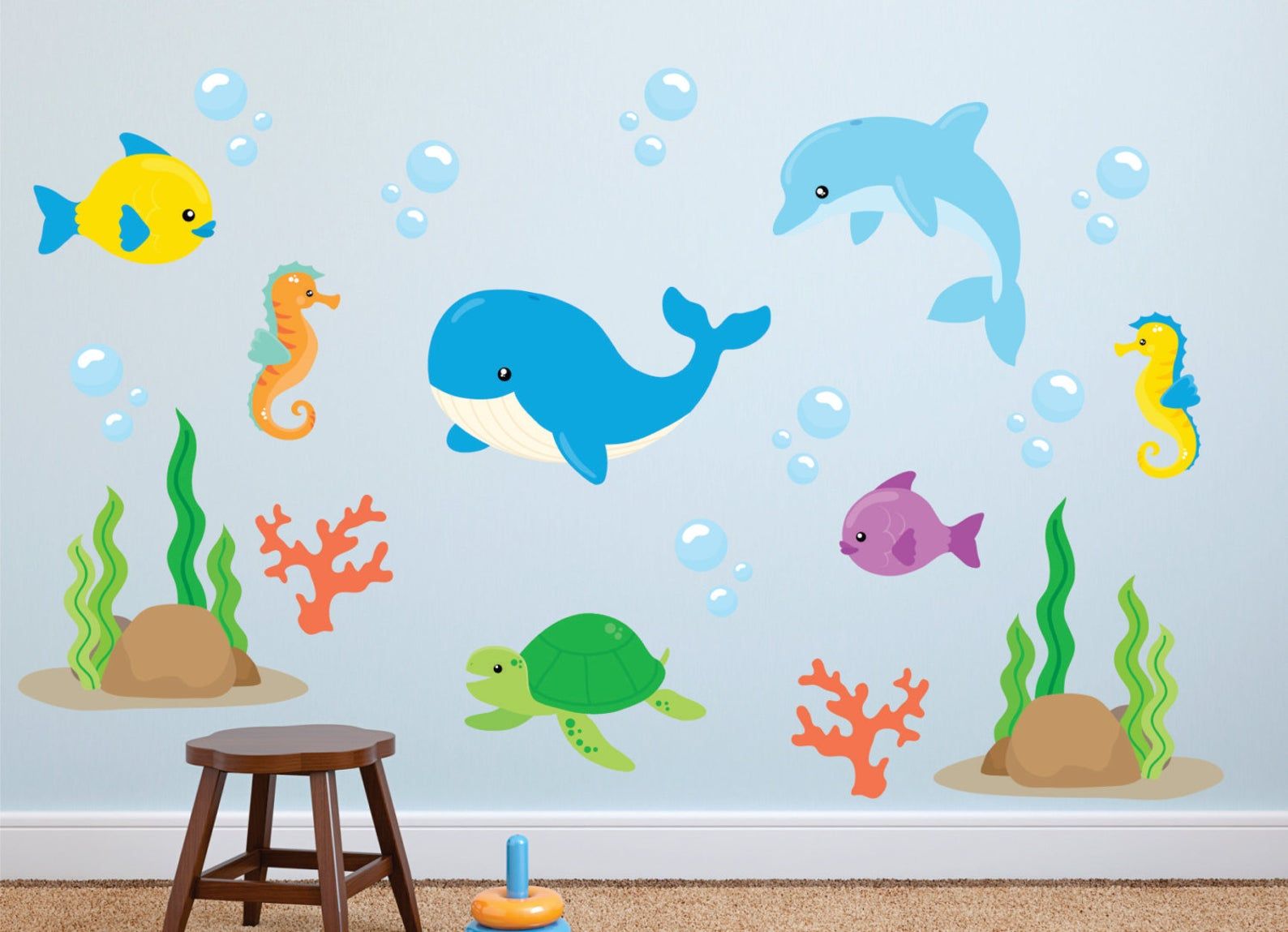
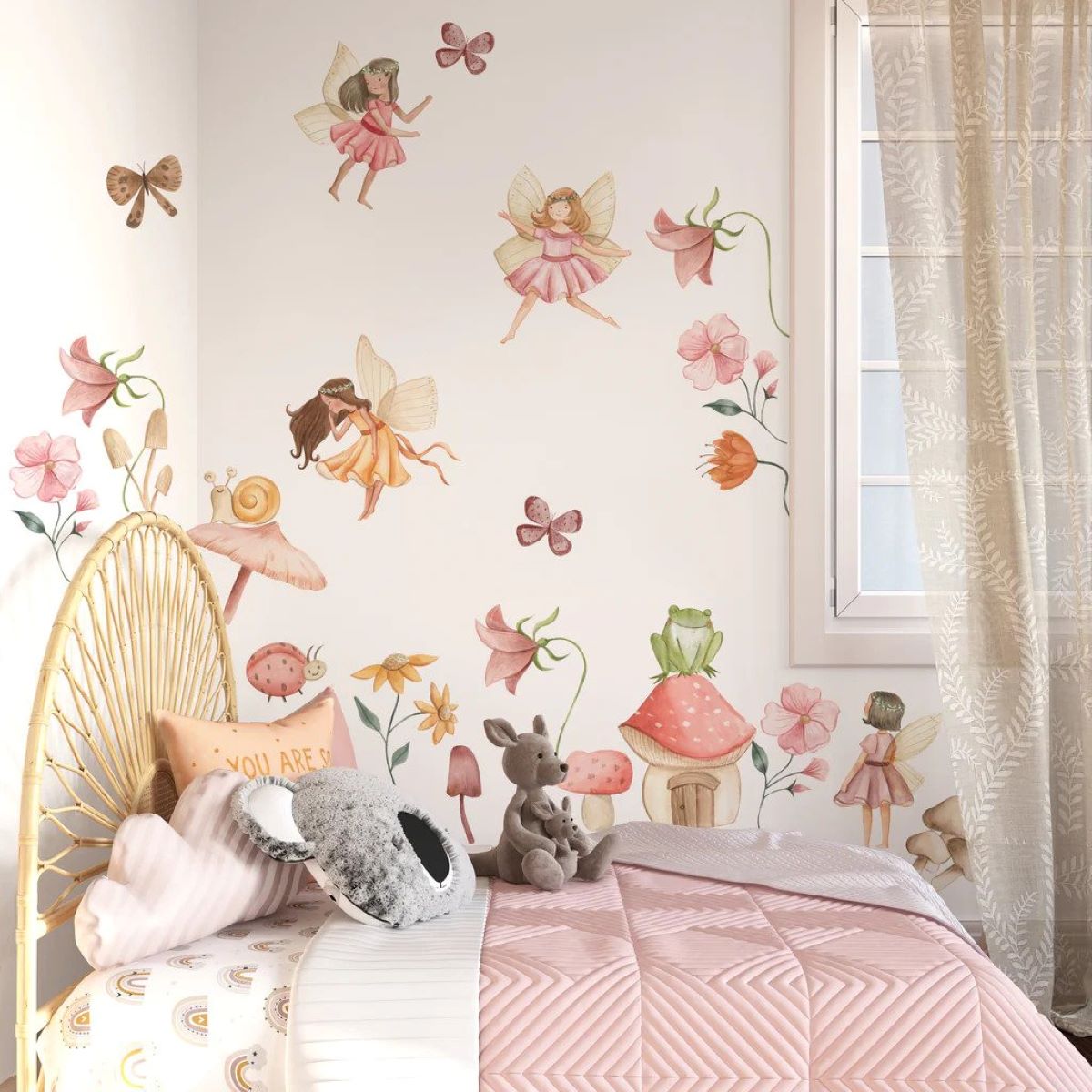
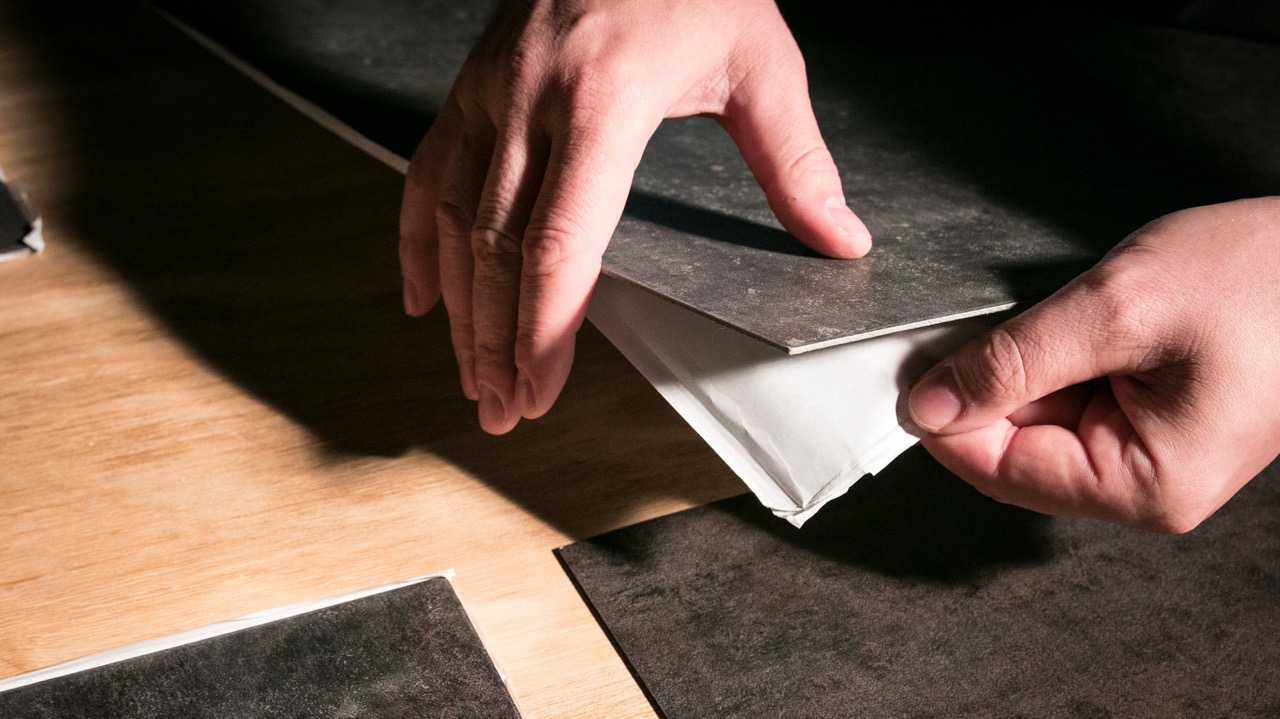
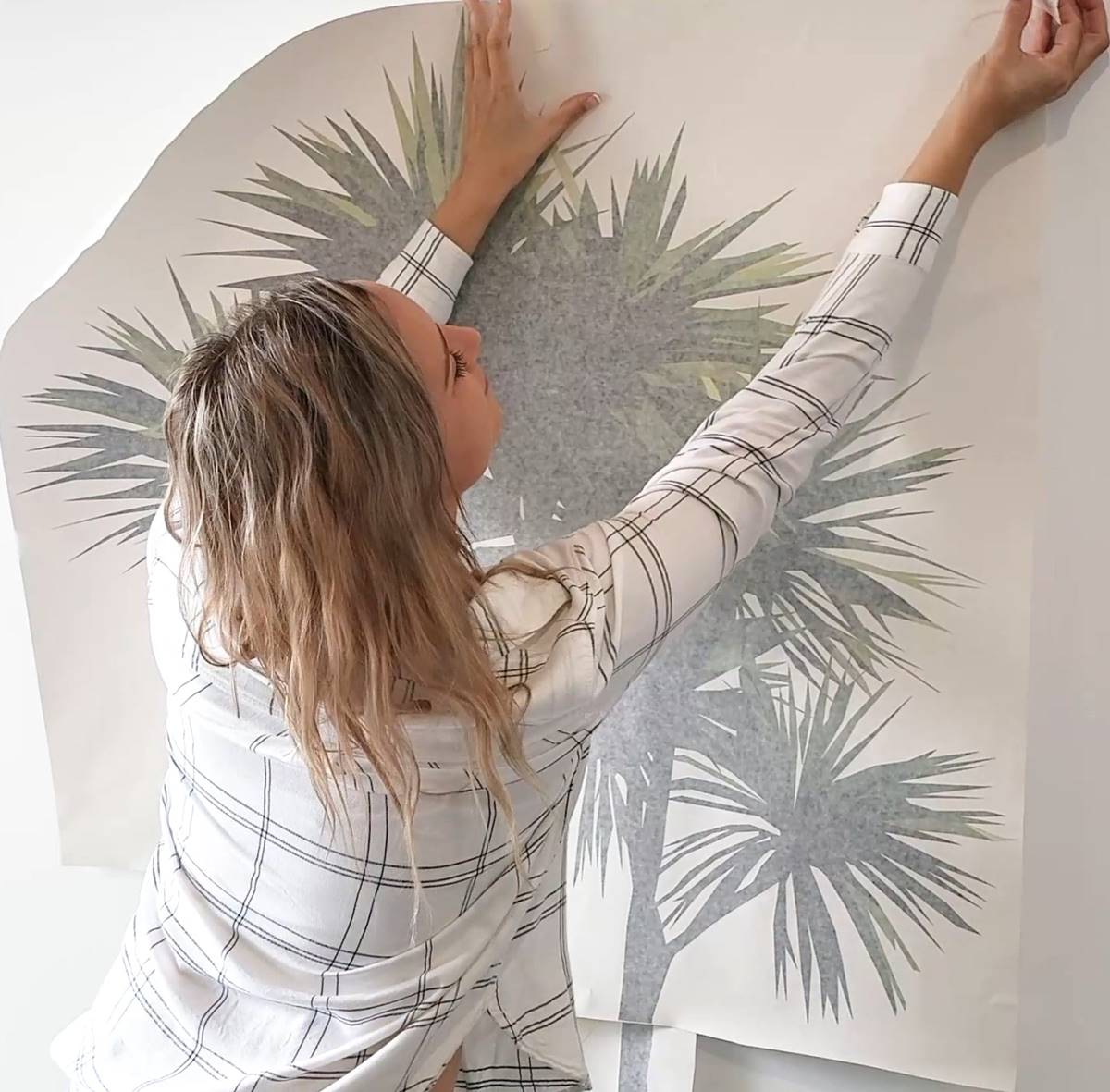
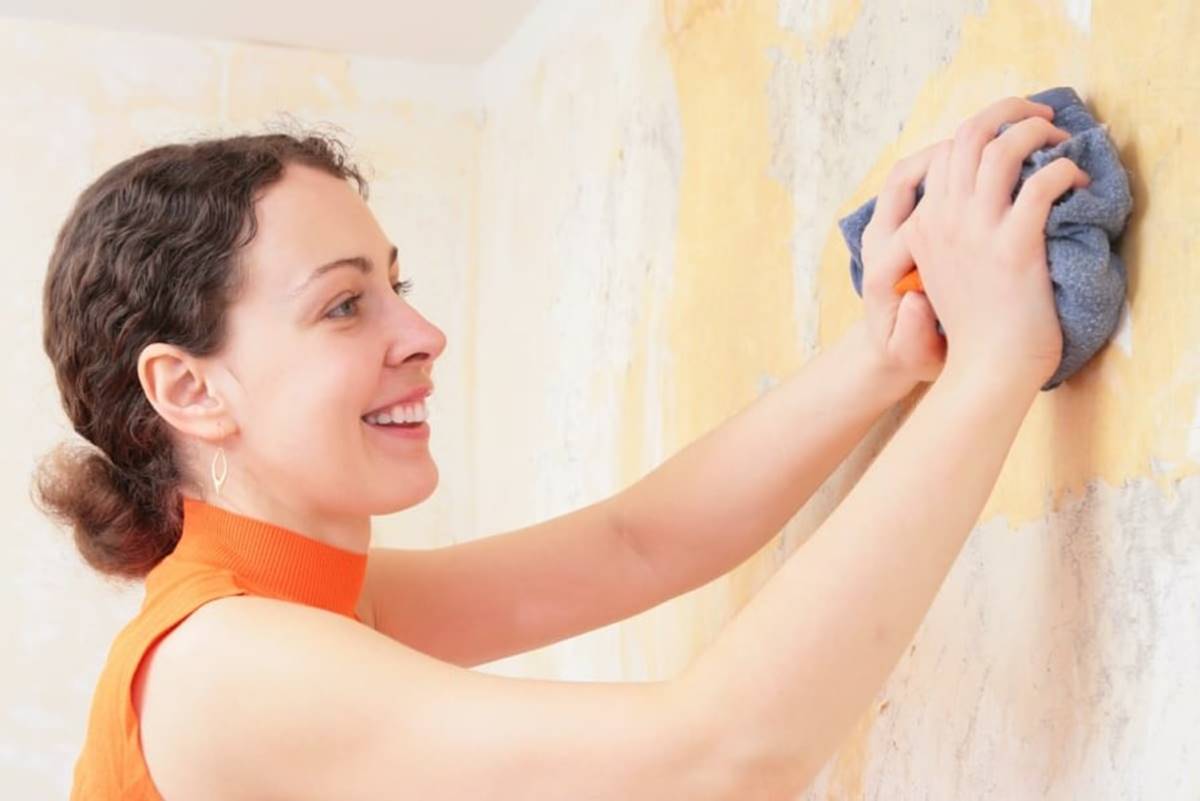
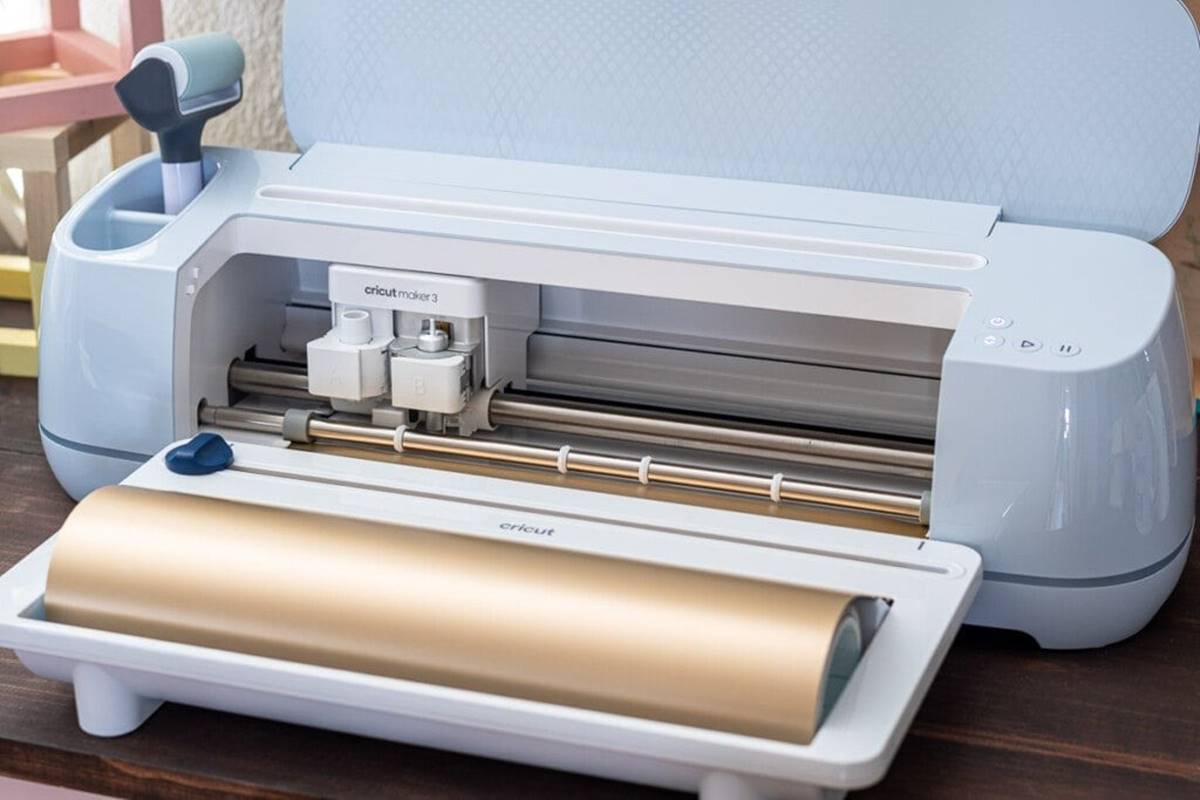


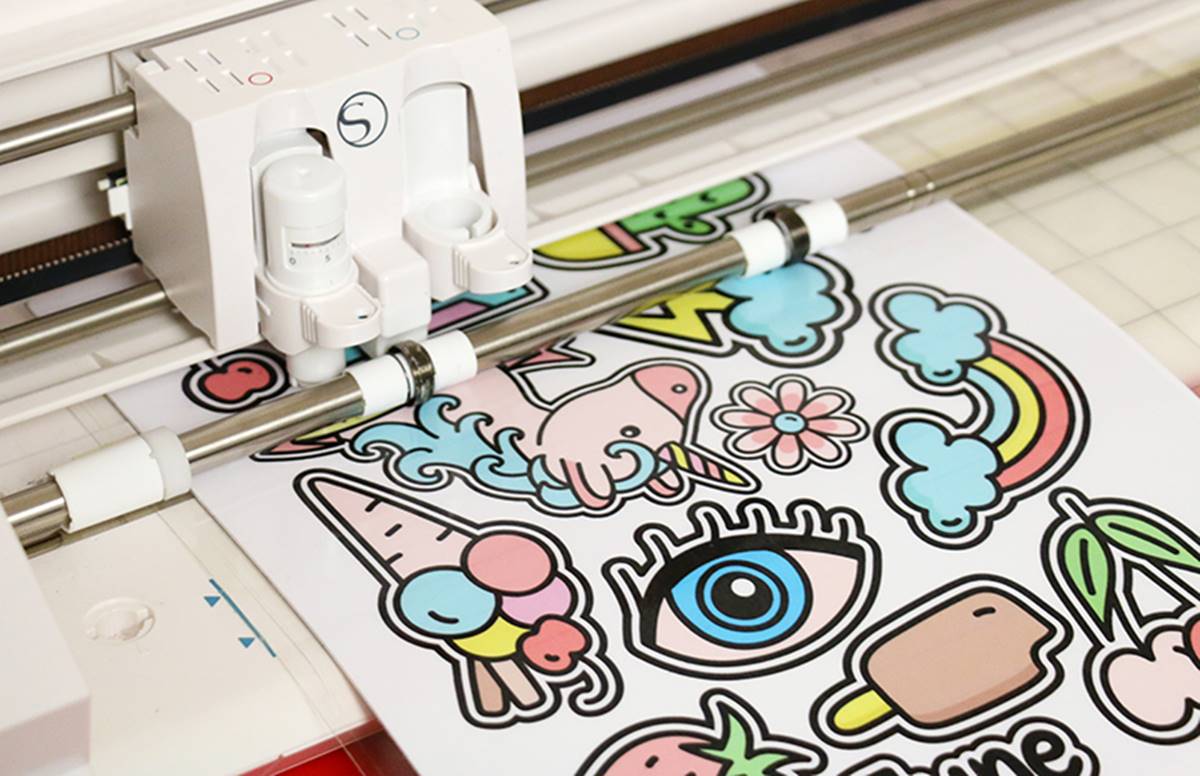
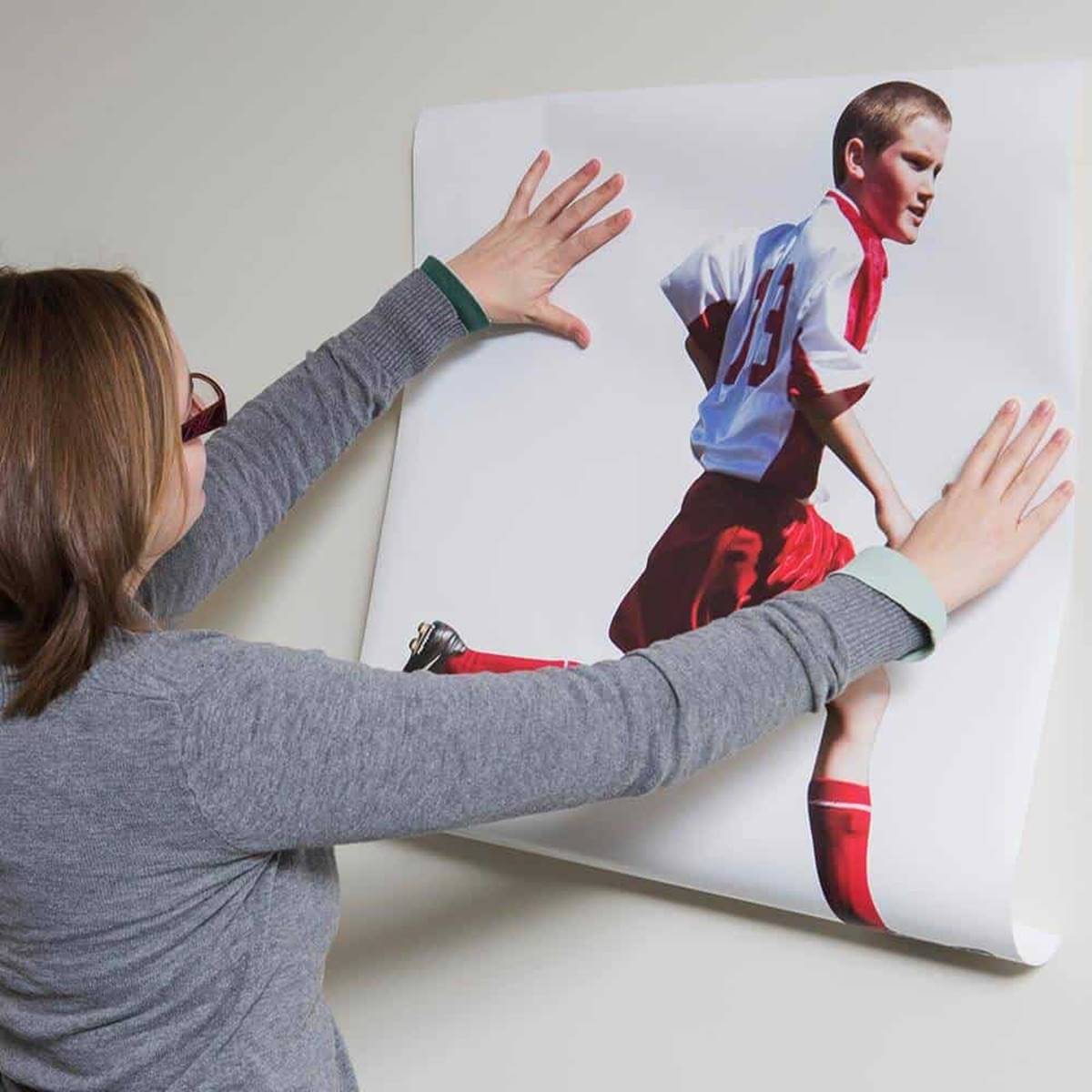
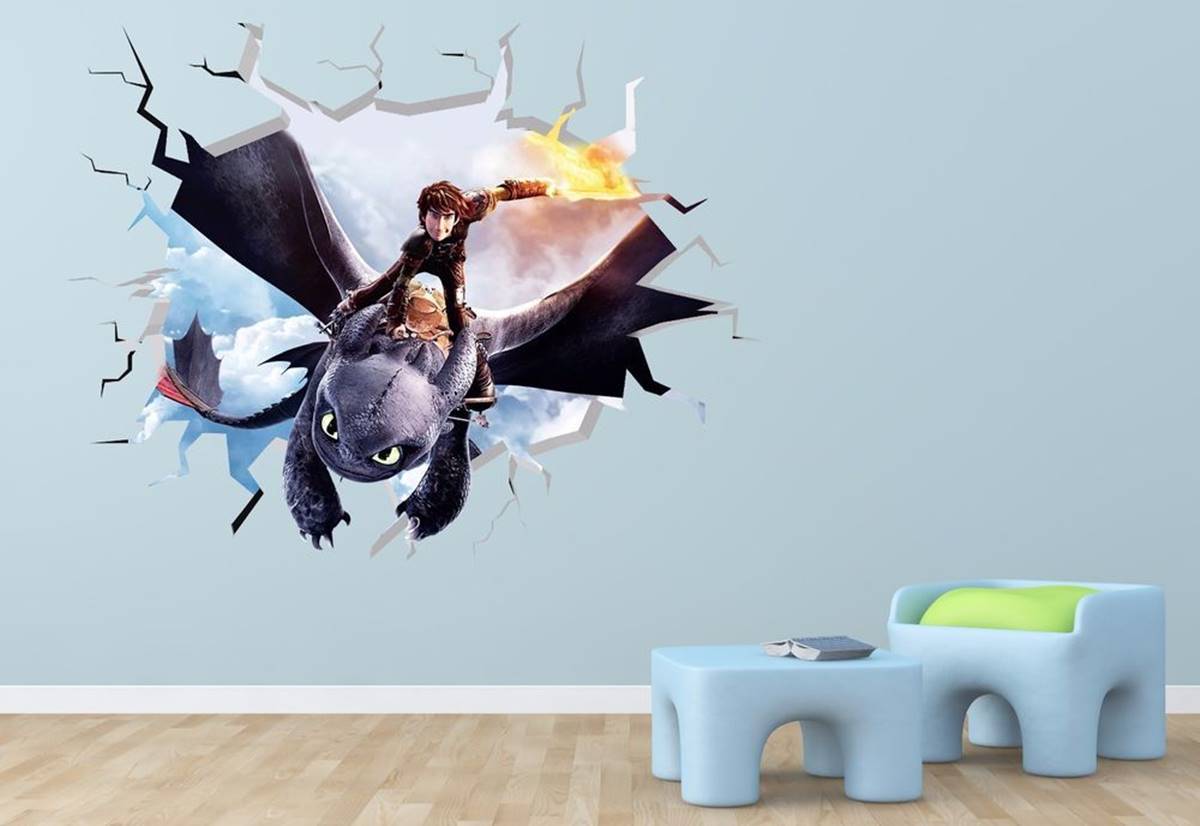

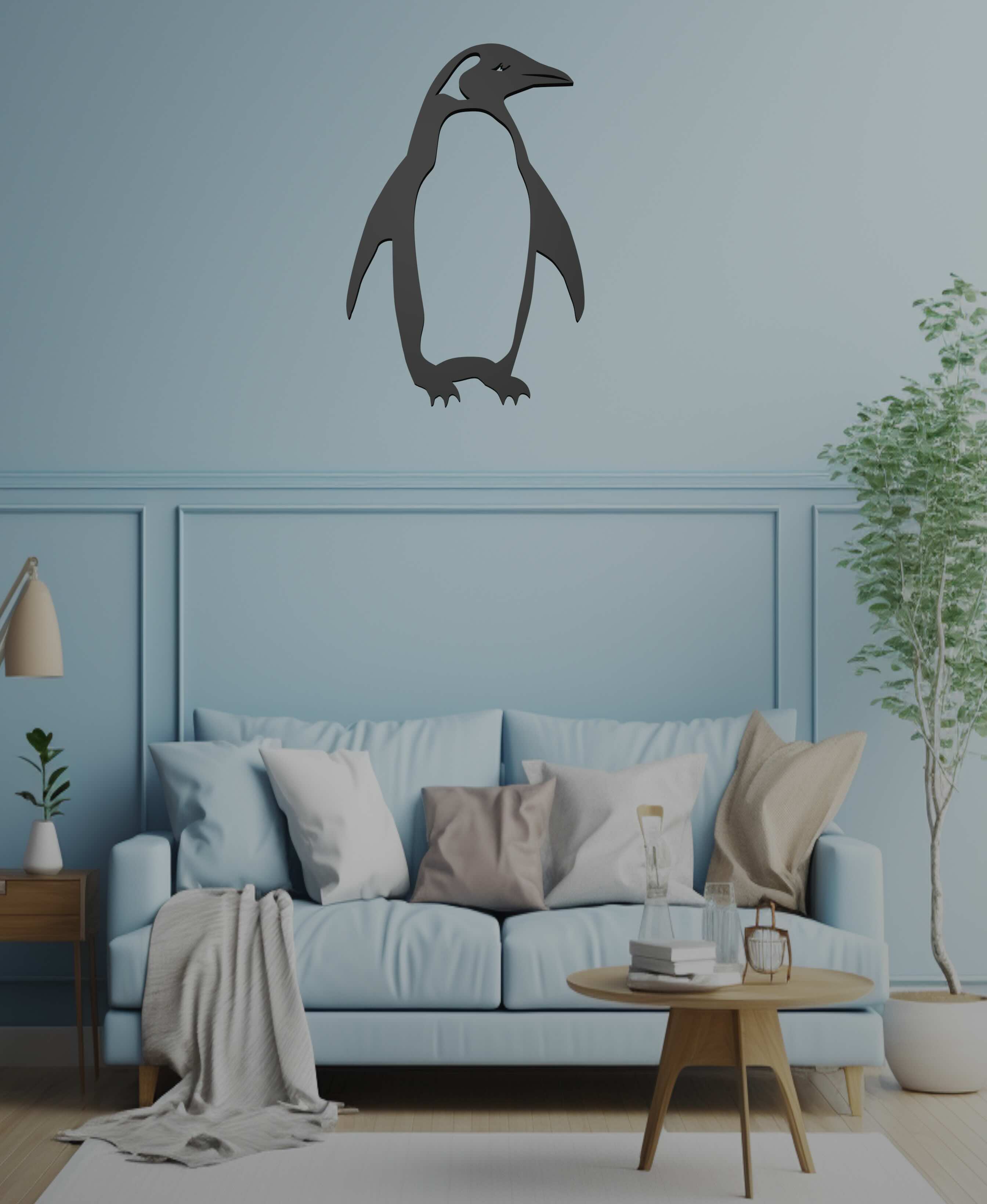

0 thoughts on “How To Get Wall Decals To Stick”